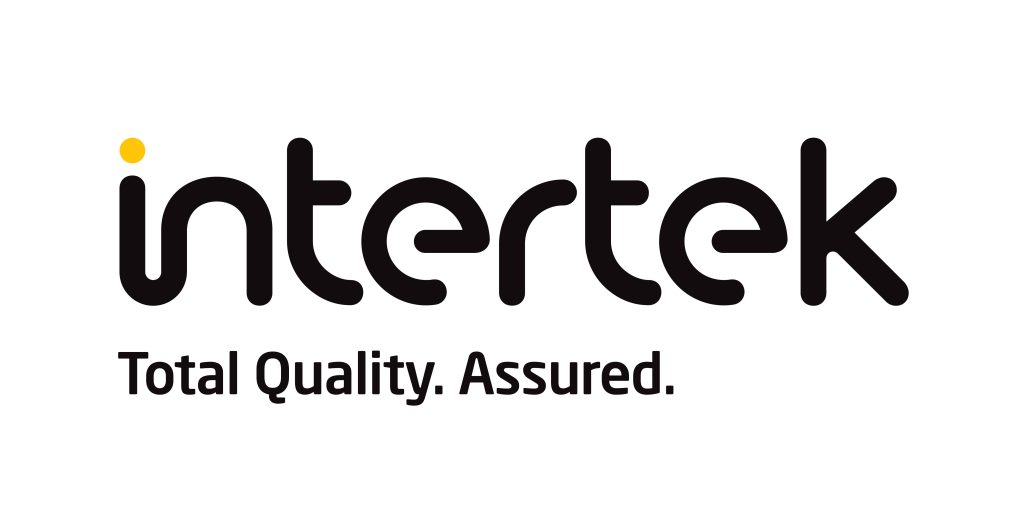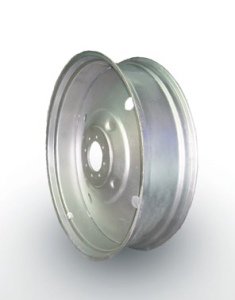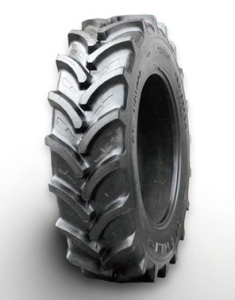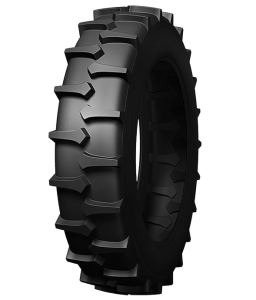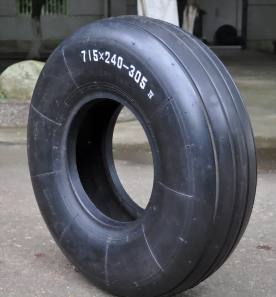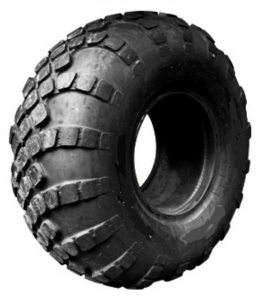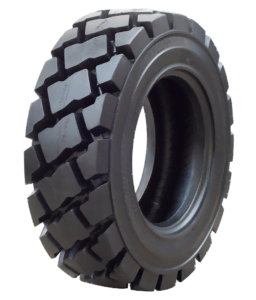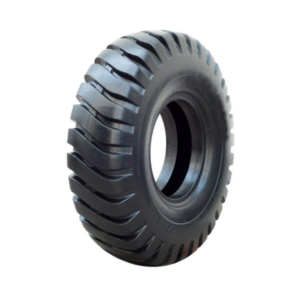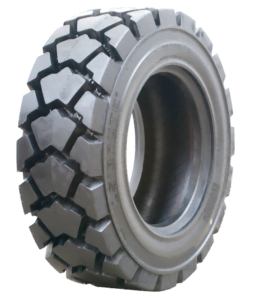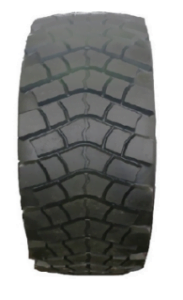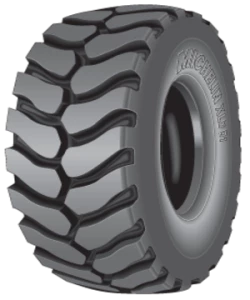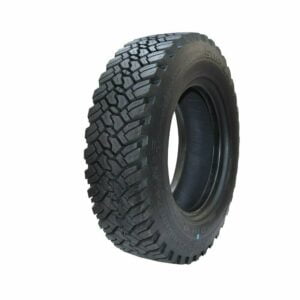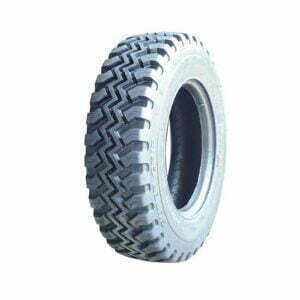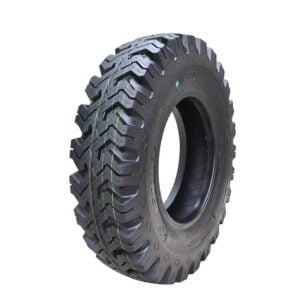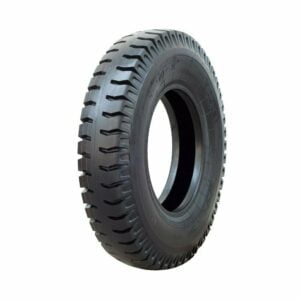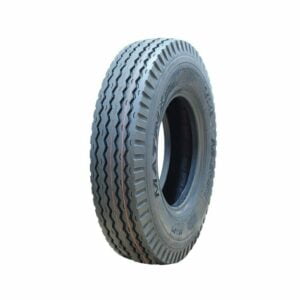③ Regulations and standards of the importing country When signing an international engineering project contract, the enterprise must understand the technical regulations and standards of the importing country regarding the quality of goods, and must establish quality clauses in accordance with the laws and standards of the importing country to avoid trade disputes or setbacks caused by the goods not meeting the requirements of the importing country’s regulations and standards. If there is a big abnormality, the operation should be stopped immediately and the cause of the abnormal speed of the operation should be checked, otherwise there will be leakage, grain running, engine failure and other phenomena. The installation of intelligent monitoring devices can detect abnormal conditions of the whole vehicle, check the condition of the whole vehicle in time, and ensure the quality of harvesting operations.



